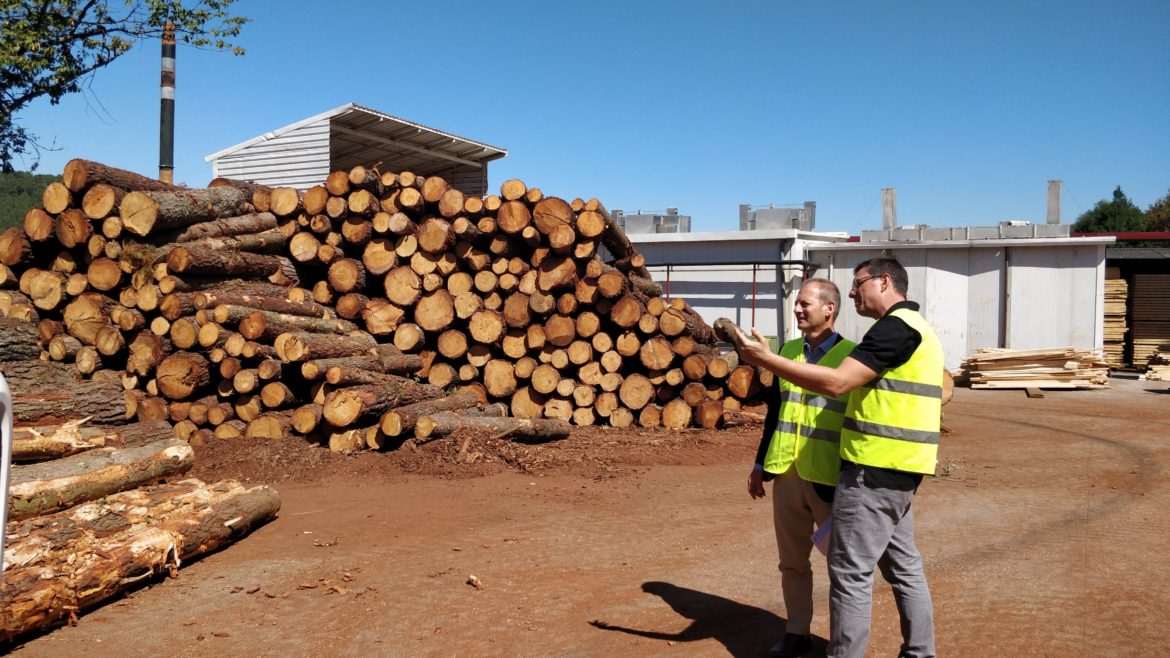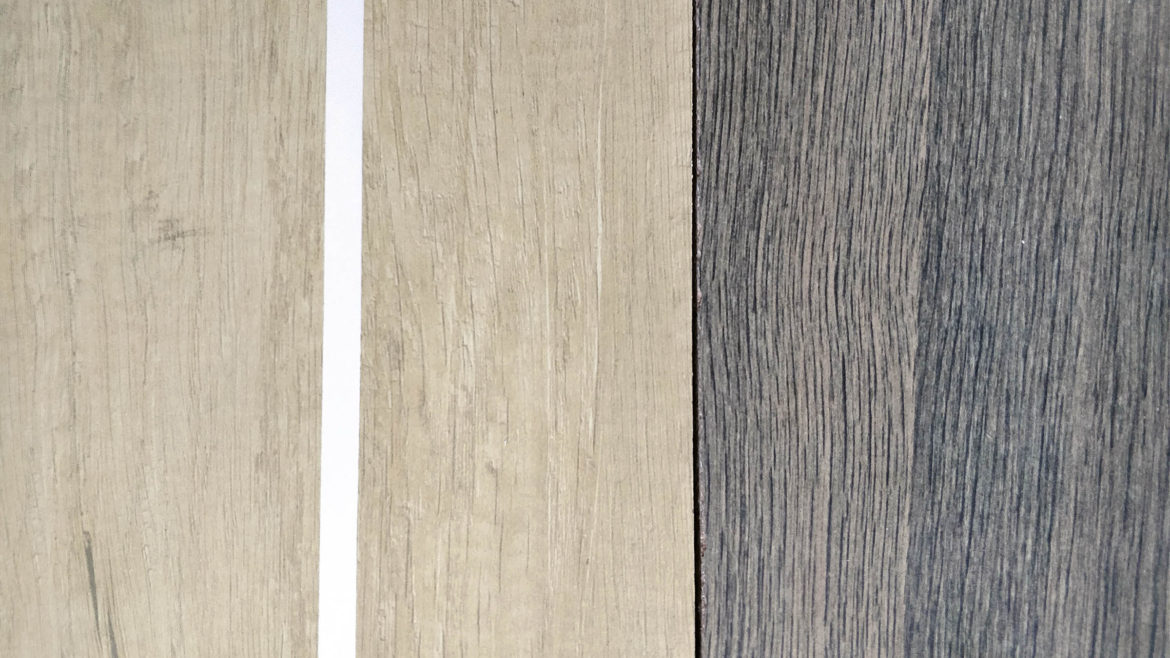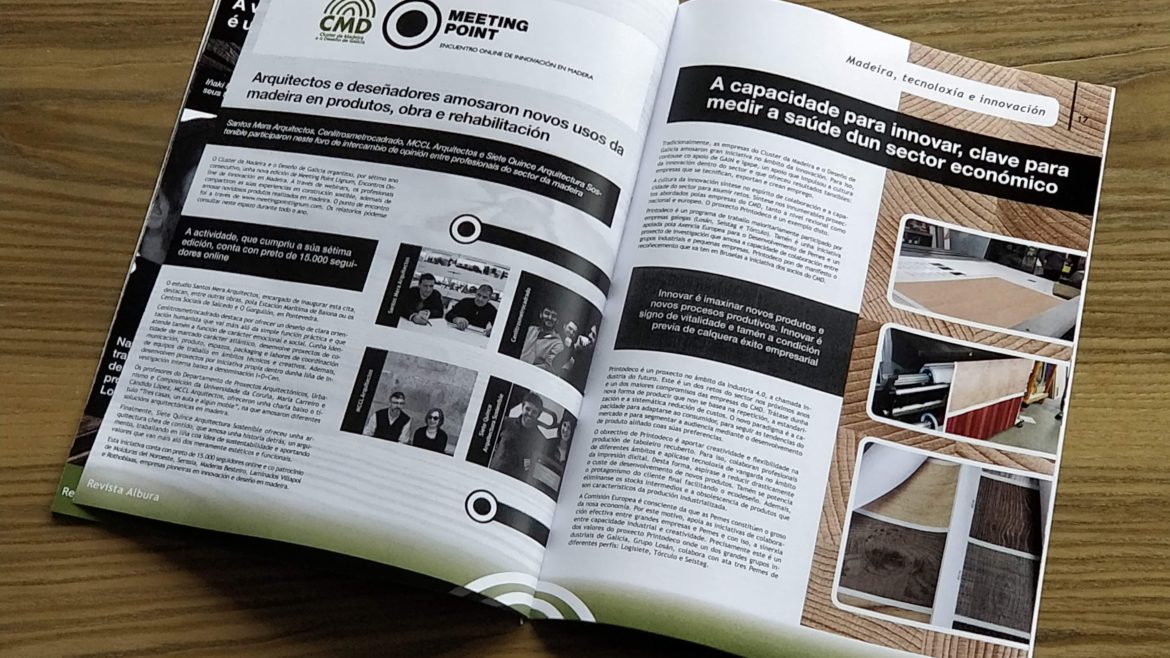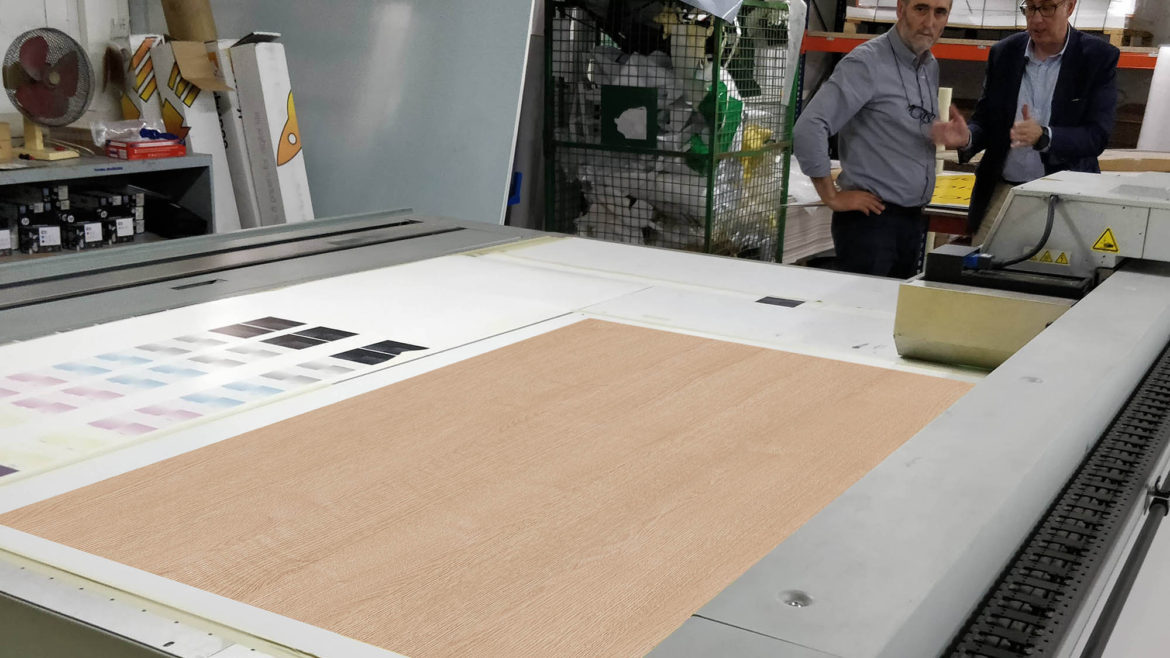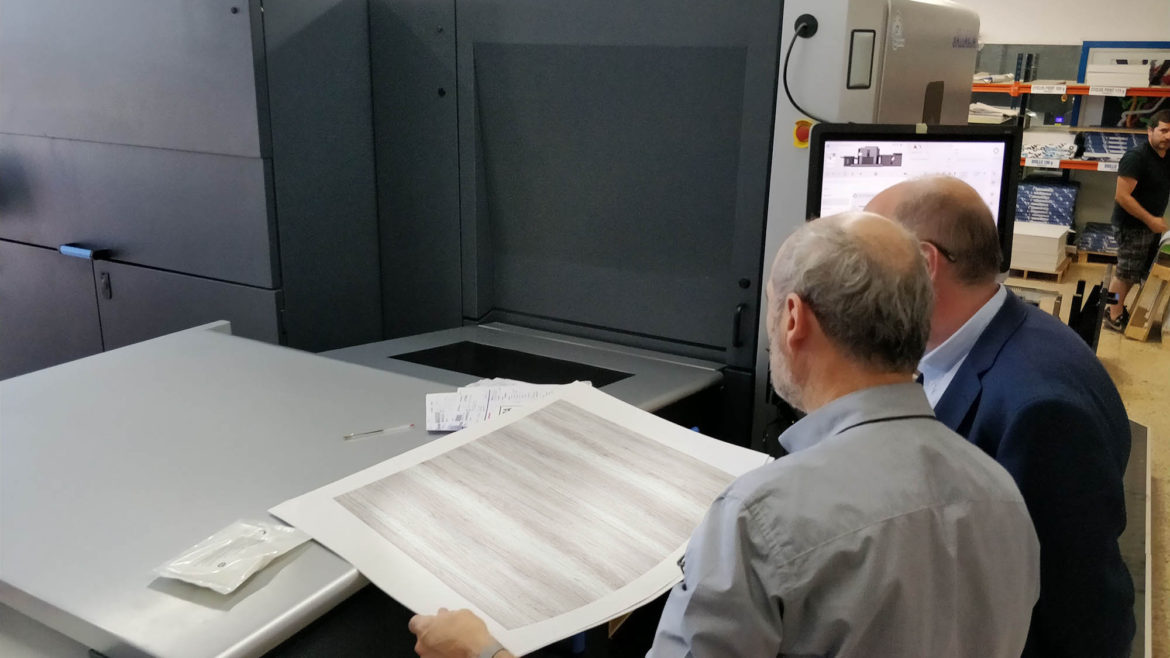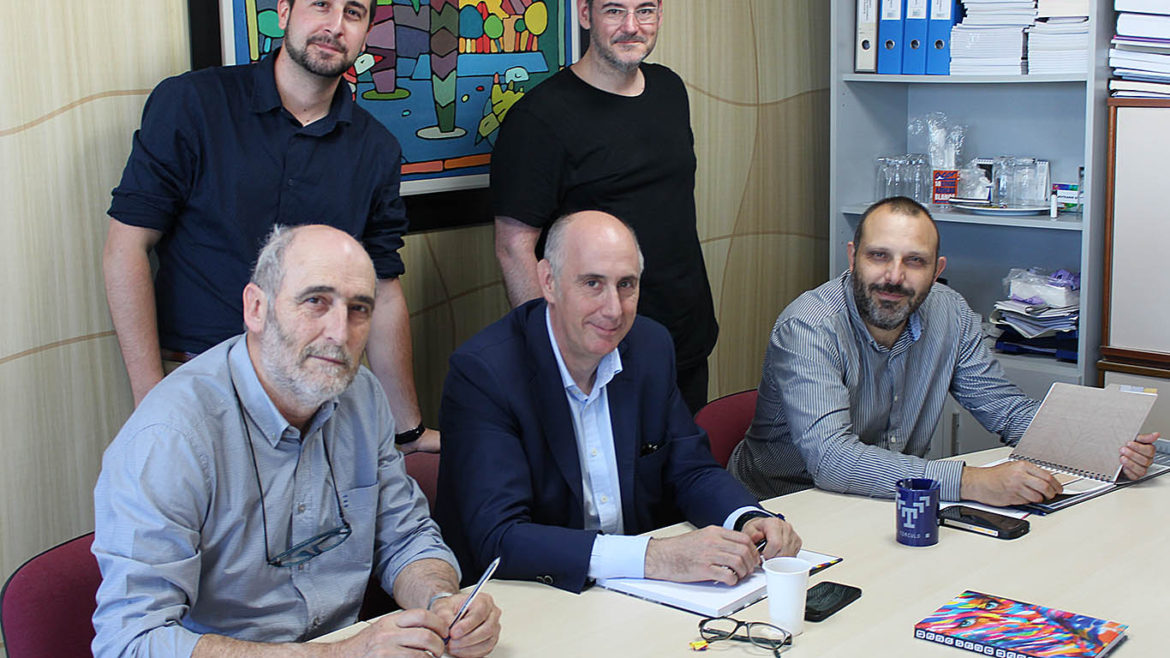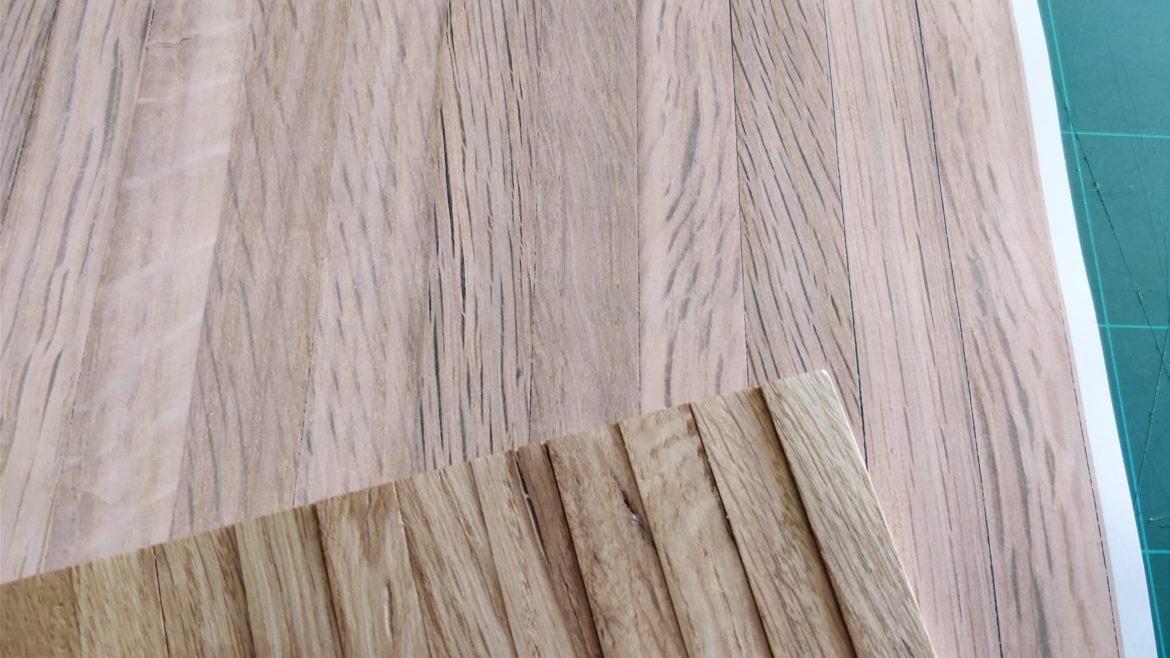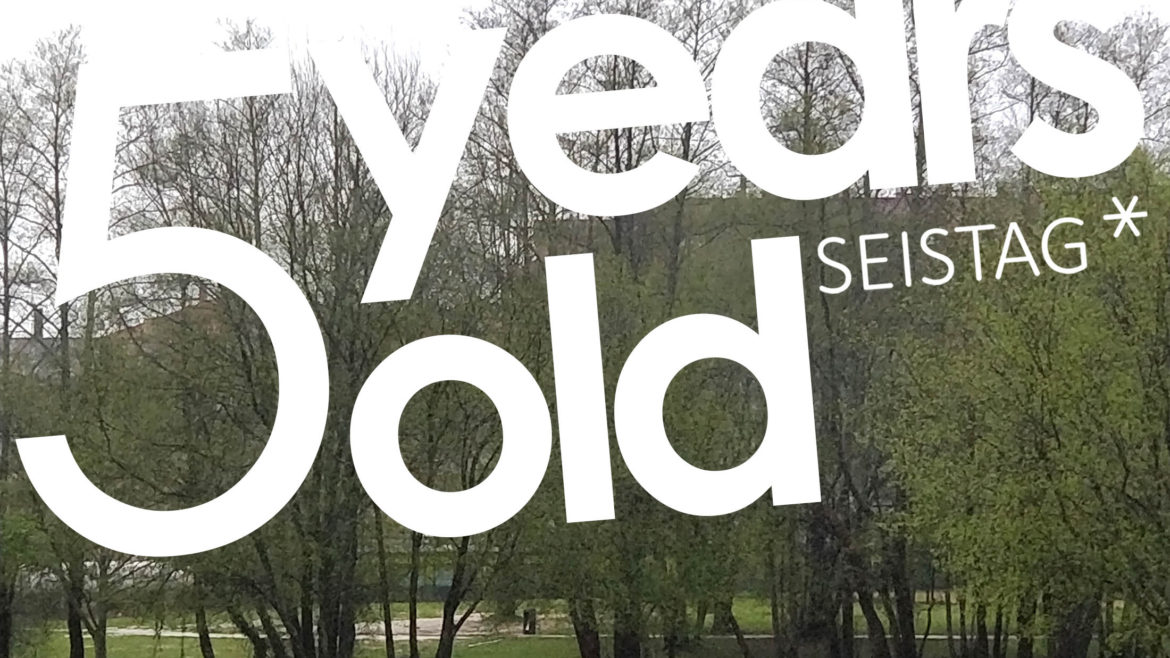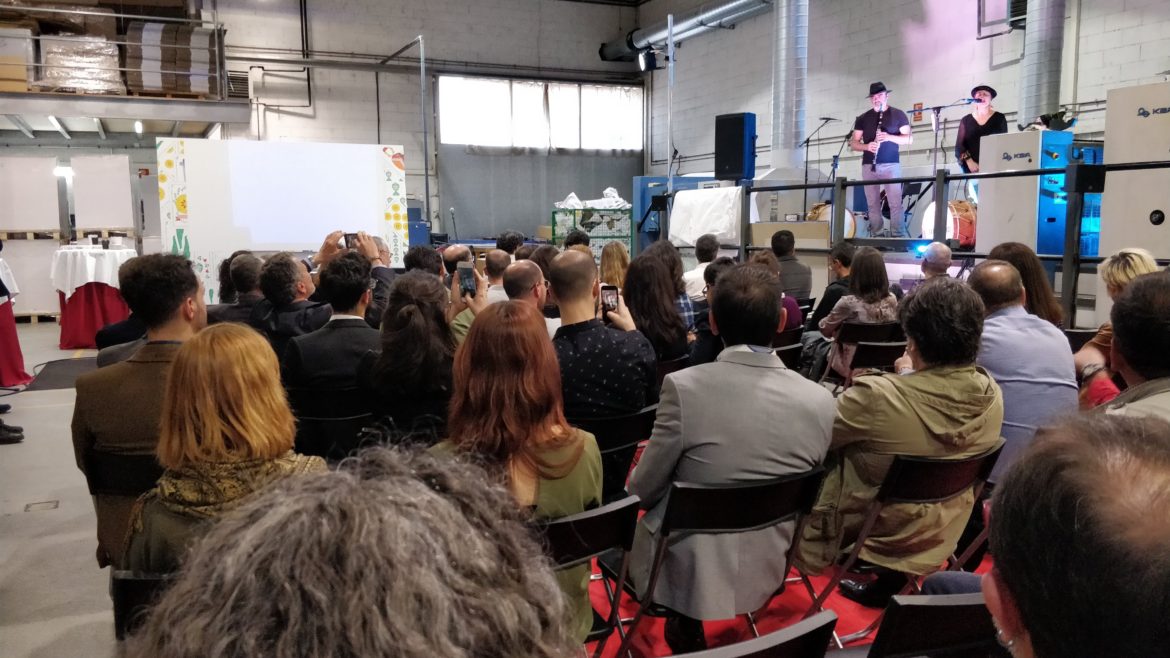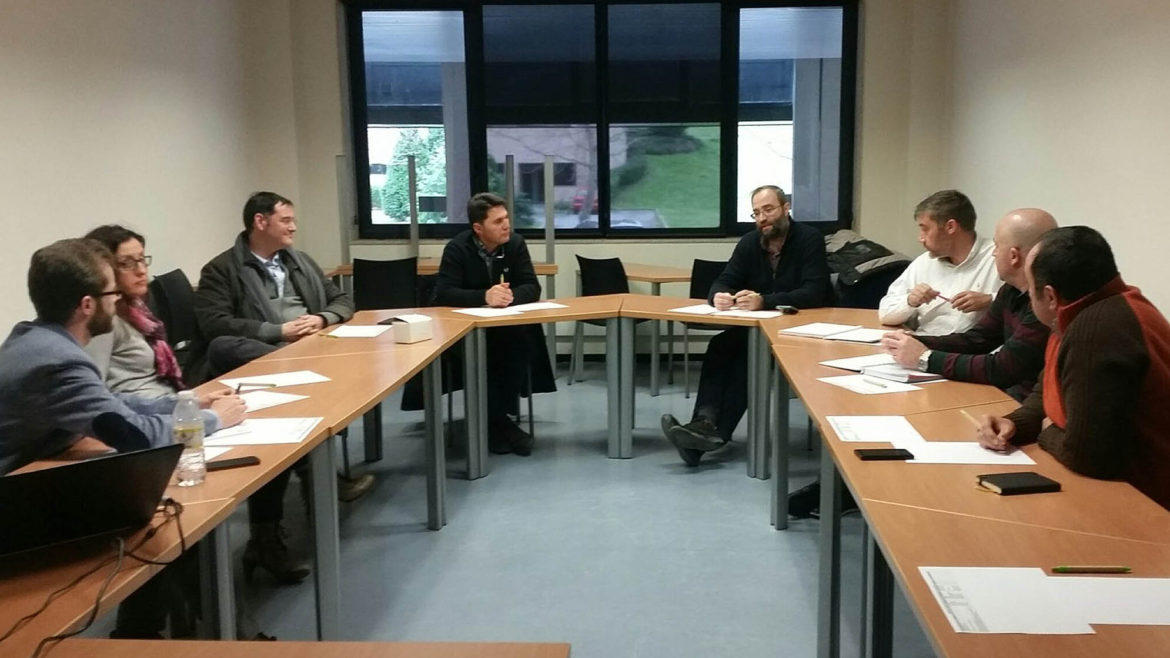Igape visits Seistag facilites
By the end of 2018, the Director of Igape visited SEISTAG industrial facilities. During the visit, the technicians of the company explained the sawing process of SEISTAG. Among the explanations given, the Company shared many details about the innovative processes, all of them focused on adding value to wooden products. The regional press published many details of the visit.
Igape is the Regional Agency for industrial development. It is a Public body, which has contributed to the industrialization of many Companies during the last decades. It has also helped Seistag to expand the industrial process in two directions: to be more efficient at sawing, and to implement technology for drying timber. During the encounter, the Company shared the idea of investing in new industrial processes to be set in the Company in order to produce goods with higher value, which means more local employment.
The Director of Igape showed deep interest on the telecommunication technologies applied to the industry of forest and timber. Those activities are very relevant in the region and could take much advantage from the technical innovations. Regarding this question, SEISTAG is a Company ahead. The manager of the sawmill shared with the Igape Director the “virtual sawmill”. This is currently a website where all the figures of the process can be consulted in real time allowing more accurate decisions. In addition to this, the Company has also developed a TIC system to choose and change the image of the wood surface. This second utility was developed within PINTODECO Project and is open to public access.


